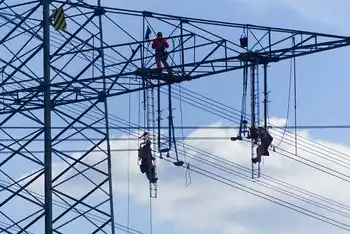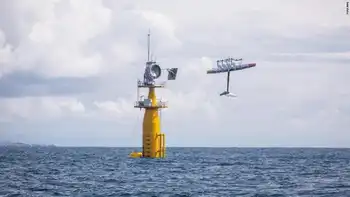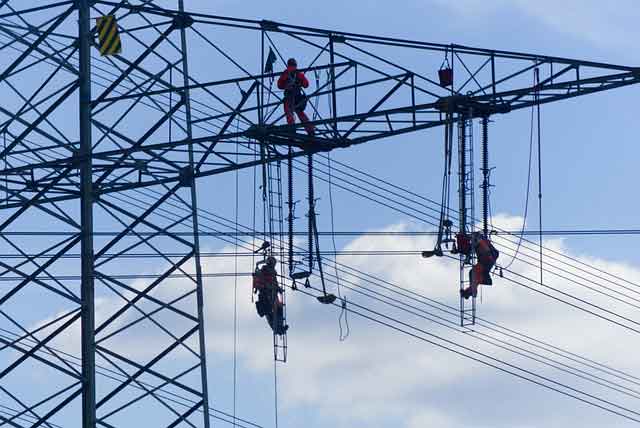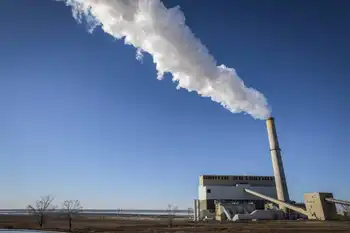Cooper helps PSE&G with demand response
NEWARK, NEW JERSEY - Public Service Electric and Gas Company PSE&G is looking to reduce demand by 150 megawatts, and they are hoping Cooper Power Systems can do it for them.
Cooper Power Systems, a division of Cooper Industries plc has entered into an agreement with PSE&G, to provide a demand response solution targeted to provide 150 MW of demand reduction.
PSE&G will upgrade existing load control switches with a retrofit board and begin installing programmable communicating thermostats PCT with a planned implementation of at least 200,000 devices controlling air conditioning A/C units throughout the utilityÂ’s service territory.
“Cooper Power Systems’ demonstrated their commitment to their customers when they fast-tracked a development solution to meet our immediate needs,” said John Veprek, program director at PSE&G. “Following a thorough evaluation of the available technologies and taking into account our experience with different vendors, we were confident in Cooper Power Systems ability to continue to provide industry-leading technologies as we roll out our program.”
The planned implementation is for a four-year roll out and includes a hosted Yukon advanced energy services platform to control the devices using commercial VHF paging networks. The technology in the load control switches and PCTs learns the behavior of the A/C units in order to maximize demand relief during a control event.
“This win represents another significant utility endorsement of our demand response software and our ability to quickly respond to customer needs,” said Tom Pitstick, vice president and general manager of the Energy Automation Solutions division at Cooper Power Systems. “Because Cooper is a trusted Smart Grid provider, PSE&G selected our solution knowing we could quickly begin delivering their 150 MW demand response program with a proven solution and a proven Smart Grid.”
Related News

Why California's Climate Policies Are Causing Electricity Blackouts
SAN FRANCISCO - Millions of Californians were denied electrical power and thus air conditioning during a heatwave, raising the risk of heatstroke and death, particularly among the elderly and sick.
The blackouts come at a time when people, particularly the elderly, are forced to remain indoors due to Covid-19.
At first, the state’s electrical grid operator last night asked customers to voluntarily reduce electricity use. But after power reserves fell to dangerous levels it declared a “Stage 3 emergency” cutting off power to people across the state at 6:30 pm.
The immediate reason for the black-outs was the failure of a 500-megawatt power…




